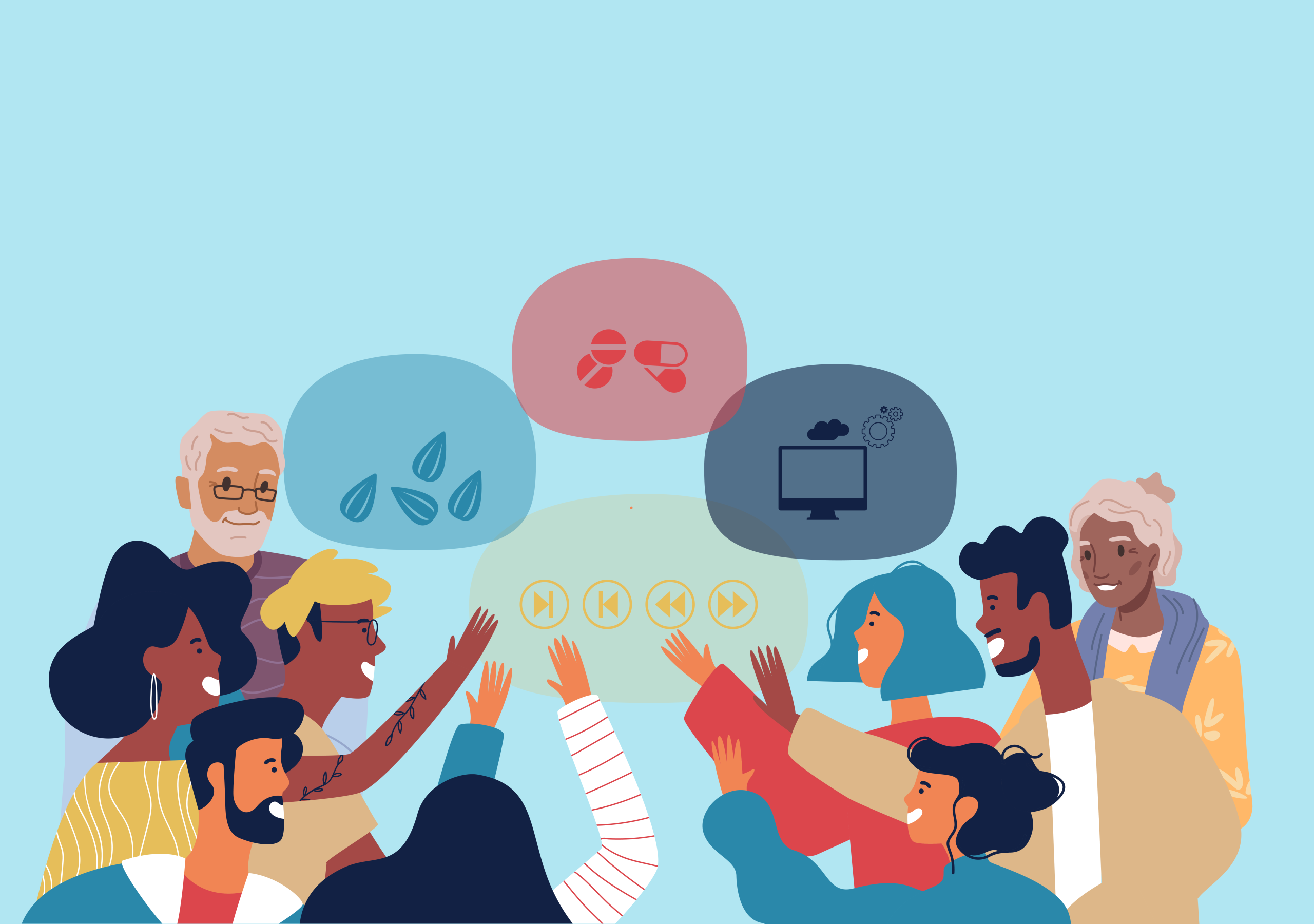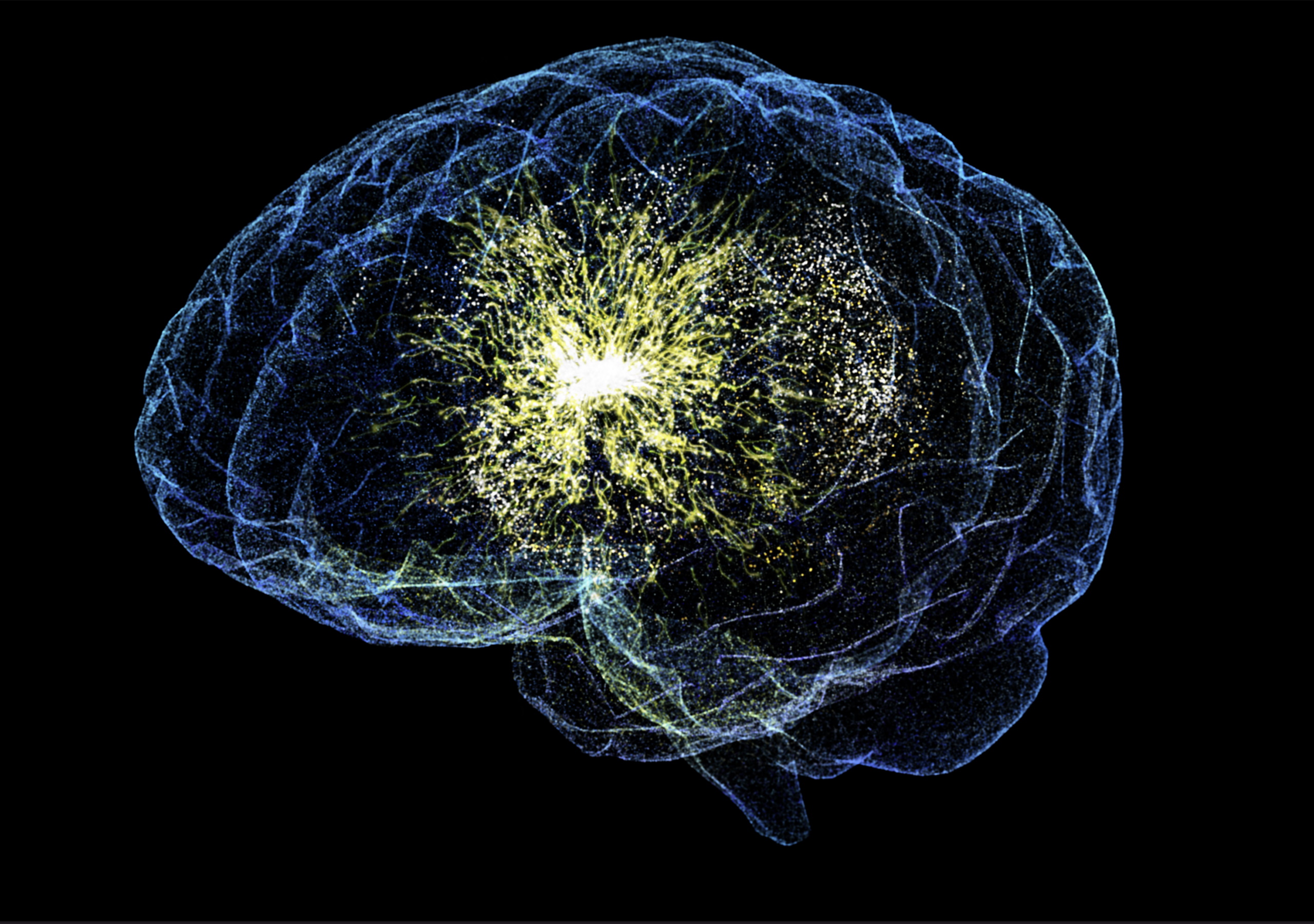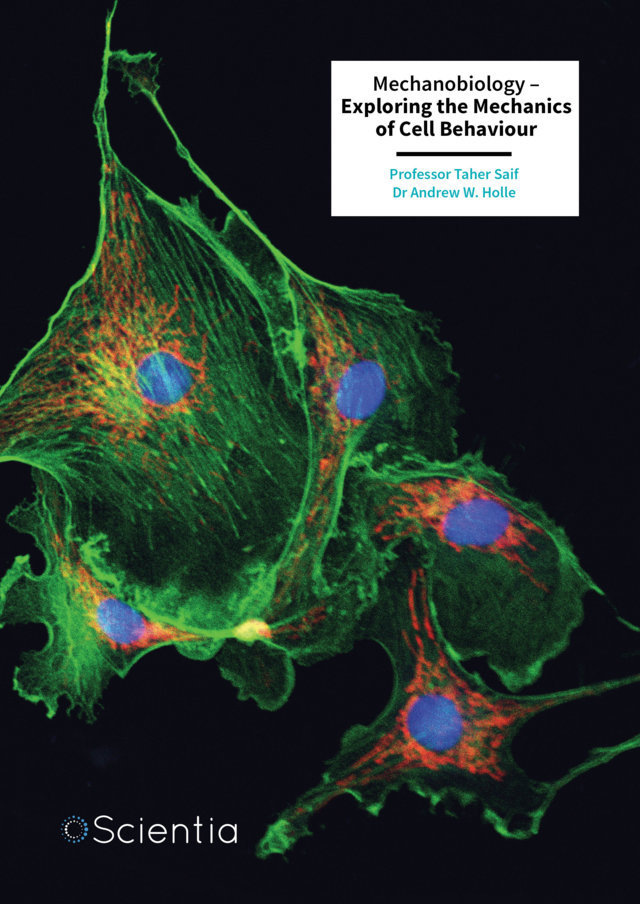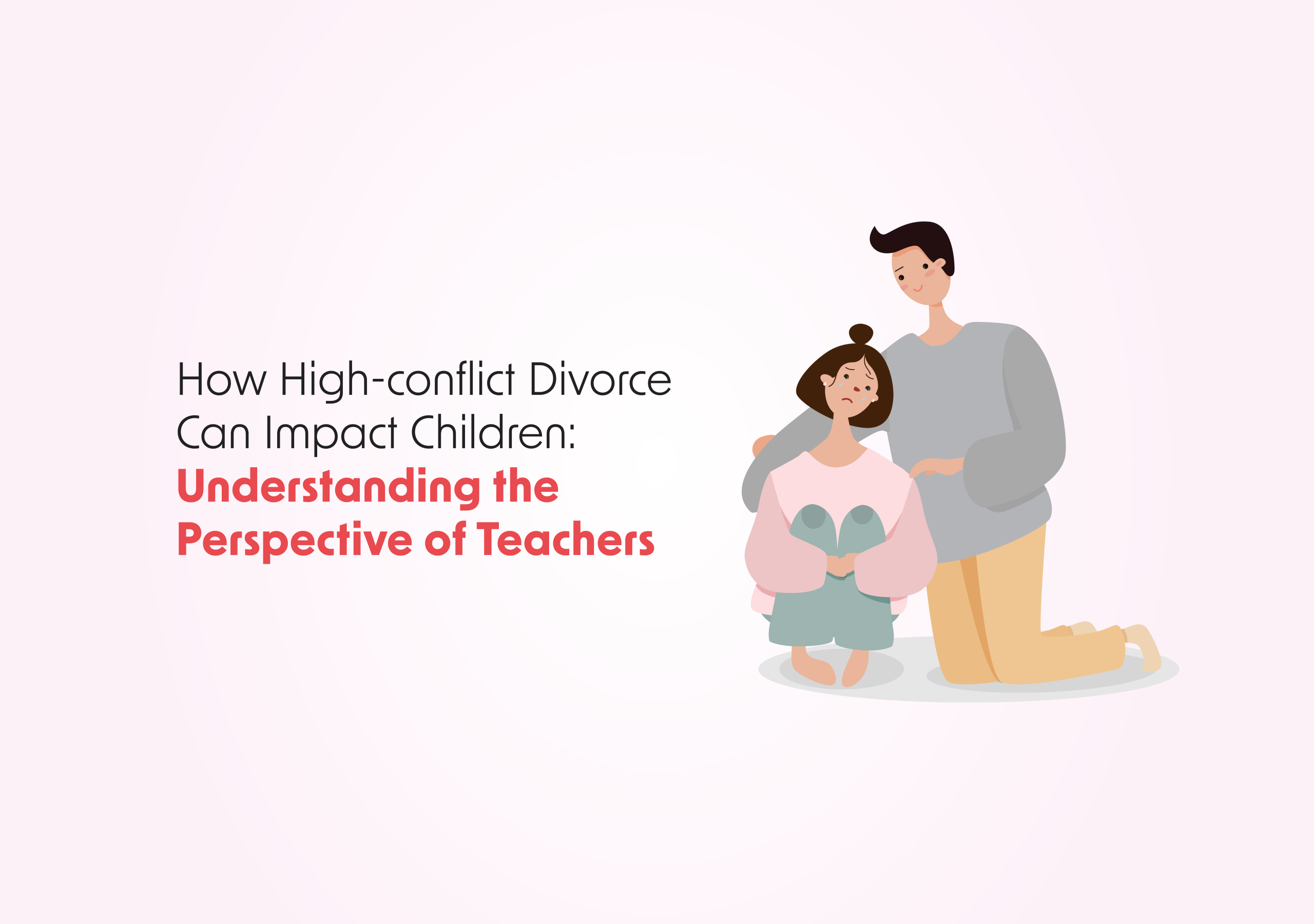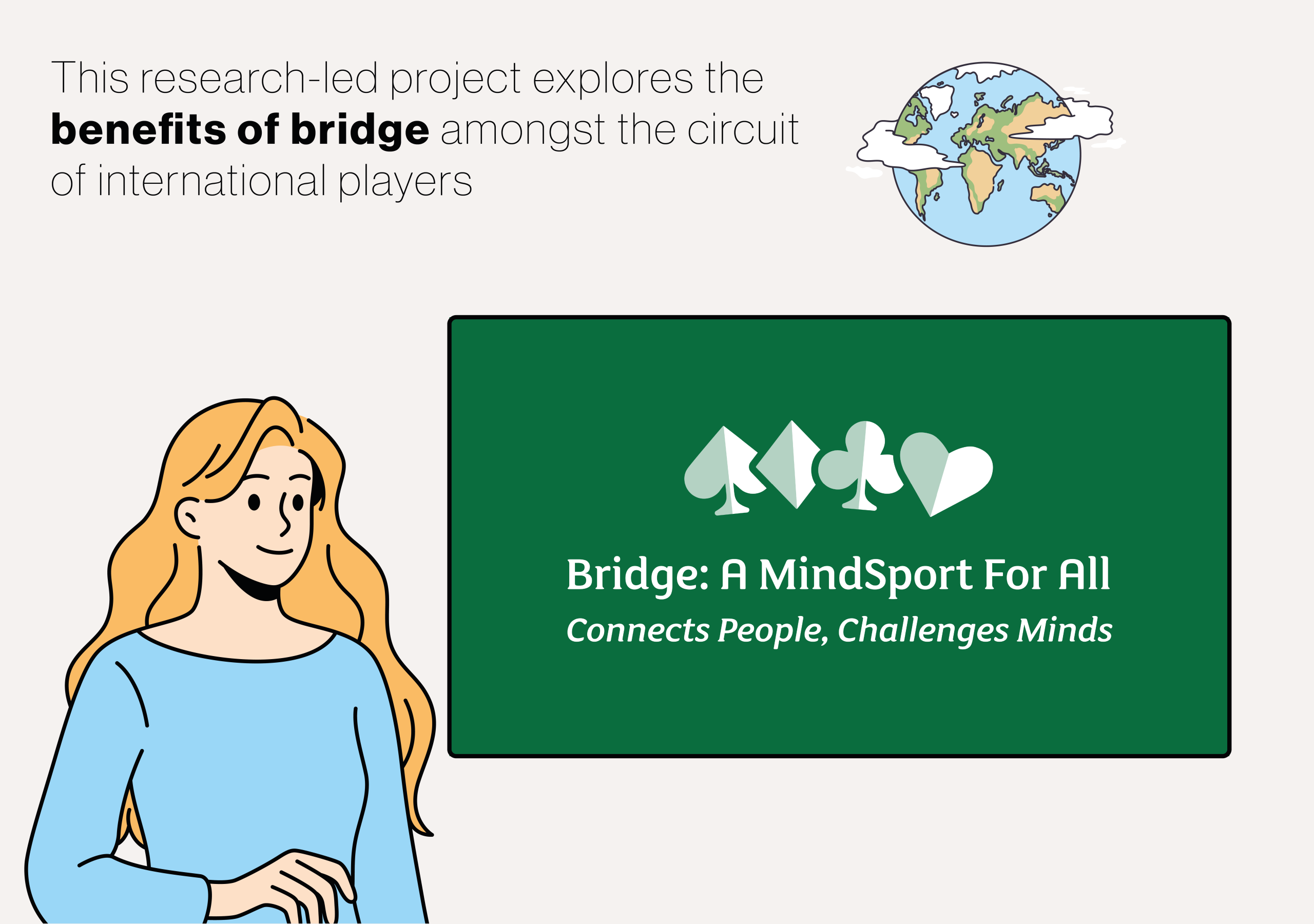Research by Professor Magnus S. Magnusson at the University of Iceland demonstrates surprising similarities between the organization of cellular protein networks and of human societies. He reveals how the invention of writing and, very recently, general education, transformed human civilization in ways that mirror ancient biological developments and emphasises how this makes humans unique. More
For most of human history, our ancestors lived in small groups bound together by face-to-face interactions while social insects have lived for millions of years in organized societies of millions, but suddenly, in a biological split-second, billions of humans now cooperate in vast, complex societies. Such societies are unique in the animal kingdom as are the two major steps through which this happened. How did this dramatic transformation occur?
According to research by Professor Magnus S. Magnusson at the University of Iceland, the answer lies in understanding remarkable parallels between human societies and the organization of life at the cellular level.
Professor Magnusson’s work centers on defining and detecting “T-patterns” – recurring sequences of events that follow consistent timing patterns. To detect and analyze T-patterns, Professor Magnusson has developed a specialized computational approach using what he called “T-data” – series of discrete time-stamped events collected during the same observation periods. These data could be gathered through various means, including multimedia coding, brain tissue chips, smartwatch apps, or from text and molecular sequences.
Using a dedicated T-pattern detection software package called THEME, which he developed when standard statistical methods proved inadequate, Professor Magnusson could identify repeated sequences of events occurring in consistent time patterns. The algorithm looks for related pairs of events, then by finding relationships between pairs builds up increasingly complex patterns. This method revealed hidden temporal structures in everything from children’s play interactions to neuronal firing patterns, enabling Magnusson to detect similar organizational principles across vastly different scales of behavior.
Professor Magnusson’s use of THEME reveals an intriguing similarity between two major transitions in the history of life. The first occurred billions of years ago. At one time, all life inhabited an “RNA world”, where RNA molecules both stored information and performed cellular work. At a certain point, billions of years ago, a transformation occurred which brought us to our current “DNA world”, where DNA stores information while proteins do most of the work.
The second transition happened only about 5000 years ago with the advent of writing – creating what Magnusson calls “extra-individual purely informational memory” stored outside individual brains. Rather than individuals both storing all information and performing tasks, some storage of information was outsourced to written texts.
In both cases, the key innovation was the separation of information storage from active work. Just as DNA became an inert repository of genetic information that guides protein behavior, written texts became external stores of knowledge that allows specialized human behavior through education and training. This parallel reveals a deeper pattern in how complex societies organize themselves.
In his study, Professor Magnusson introduces T-strings (T-patterned physical strings, such as DNA and texts) and the concept of “T-societies” to describe social systems organized around what he calls “Giant Extra-Individual Purely Informational T-strings” (GEIPIT). In cellular-level T-societies, the genome serves as the GEIPIT, with genes defining the structure and behavioral possibilities of proteins. Similarly, in human-level T-societies, the total collection of written texts (which Professor Magnusson terms the “textome”) serves as the GEIPIT, including the curricula involved in mass education that have only existed since around 1800, is the crucial final step allowing the specialization of most human citizens. T-societies only exist in proteins and in modern humans.
This creates a unique situation in human societies. Unlike any other species, humans have created social systems that mirror the organization within their own cells. Just as each human cell is a protein T-society organized around DNA; human mass societies are T-societies organized around text. This makes human societies what Professor Magnusson calls “second-order T-societies” – T-societies composed of T-societies; a T-society self-similarity that is unique to our species and in Earth’s natural history.
The implications of this parallel are profound. Before the invention of writing and finally mass specialization, human societies, like those of other animals, were what Professor Magnusson terms “Interactive Emergence Societies” where social organization emerged from direct interactions between individuals. While writing could store and transmit vast amounts of knowledge across generations, suddenly, general education provided new special skills leading to an explosion in the types of tasks and roles of individuals in society.
This perspective offers a novel contribution to ongoing debates about how modern human societies achieved levels of complexity far beyond anything seen in other species. Previous researchers such as Robin Dunbar have focused on brain size and social group dynamics, suggesting that religious beliefs help maintain cohesion in large human societies. Yuval Noah Harari emphasized humans’ ability to create “imagined orders” and develop scripts to organize mass cooperation.
Professor Magnusson, on the other hand, proposes that the key innovation was the development of text-based social organization and highlights deeper parallels between these cultural innovations and intra-cellular organization. While the largest non-human societies (such as ant colonies) are interactive emergence societies limited by the information that can be transmitted through direct interaction, human T-societies can support billions of highly specialized individuals whose skills and roles are defined by written knowledge.
The research also sheds light on the recent acceleration of human knowledge and capabilities. Just as the transition from an “RNA world” to a “DNA world” enabled the evolution of vastly more complex forms of life, the transition to text and mass education-based society enabled an unprecedented increase in kinds of human skills. Knowledge that once took a century to double now doubles approximately every day, thanks to the power of external information storage and transmission.
Interestingly, Professor Magnusson suggests that some of humanity’s greatest challenges may actually stem from our unique pattern of social organization. By recognizing the deep parallels between cellular and social organization, we might better understand both the power and the vulnerabilities of our increasingly complex civilization. Just as viruses can insert themselves into cellular DNA, potentially harmful ideas can spread through society’s textual memory. Magnusson notes that misinformation during the COVID-19 pandemic, for instance, became a major cause of death in some regions.
For the scientific community, these findings demonstrate the value of looking across different scales of biological organization to understand complex phenomena. The discovery that similar organizational principles operate at both cellular and societal levels suggests there may be fundamental patterns in how complex systems evolve and organize themselves.
Looking ahead, this new understanding of human social organization raises important questions about our future. Just as the transition from the “RNA world” to the “DNA world” opened vast new possibilities for biological evolution, the human invention of external information storage and specialization through general education may represent the beginning of entirely new forms of social and cultural evolution.
Professor Magnusson’s research opens new avenues for understanding how human societies might continue to develop. As our methods of storing and transmitting information continue to evolve, we may see new transitions in social organization as profound as the original invention of writing and the much more recent inception of general education. Understanding these patterns could help us better navigate the challenges and opportunities


